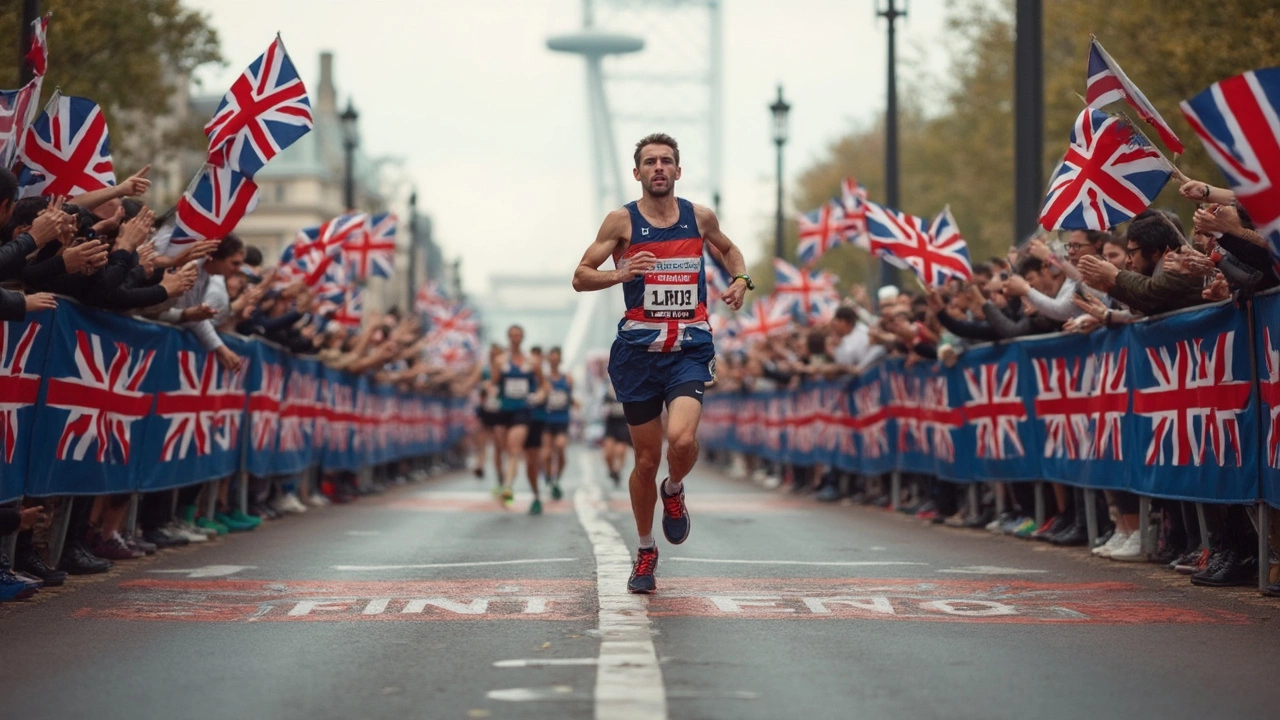
Race Pace Basics – Find and Keep Your Ideal Speed
Ever started a race feeling great, then hit the wall halfway through? Most runners blame fitness, but the real culprit is often pacing. Getting your race pace right means you run at a speed you can hold from start to finish, without blowing out too early or crawling at the end.
First, know what race pace means. It’s the average number of minutes per kilometer (or mile) you aim to hit for the whole distance. If you’re doing a 10k, a 5:30 per kilometer pace would finish in about 55 minutes. Simple math, but it sets the whole plan.
How to Calculate Your Ideal Race Pace
Start with a recent race or a time trial. Take the total time and divide it by the distance – that’s your raw average pace. Most people run a little faster at the beginning and slower at the end, so subtract 10‑15 seconds per kilometer to get a realistic target that you can hold.
If you don’t have a recent race, use a recent “hard” workout. Run a 5‑kilometer time trial at all‑out effort, note the pace, and add about 20 seconds per kilometer. That extra buffer accounts for race day nerves and the longer distance.
Training Tips to Keep Your Pace Consistent
Practice your target pace in training. Use a GPS watch or a phone app to monitor each run. Do at least one “pace run” per week where you run exactly at your goal speed for a set distance. This trains your body and mind to recognize the effort level.
Mix in interval work. Short repeats at a speed faster than race pace improve your leg speed and teach your body to handle discomfort. For a 10k race, try 6×800 m at 5:00 per kilometer with 2‑minute jog recoveries.
Don’t ignore long runs. They build the endurance you need to stay steady. Run them a bit slower than race pace – about 30 seconds per kilometer – to get comfortable staying on feet for hours.
Hydration and fueling also affect pace. If you run out of carbs mid‑race, you’ll slow down badly. Practice your race‑day nutrition on long runs: sip a sports drink or eat a gel every 45 minutes.
Finally, plan for the course. Hills, wind, and temperature all change the effort needed to hold the same pace. On a hilly route, aim for a slightly slower overall pace and let the flat sections make up the time.
On race day, start a little slower than your target – maybe 5‑10 seconds per kilometer – and let the adrenaline bring you up. This prevents the dreaded early‑race crash.
Stick to these steps, and you’ll find a race pace that feels strong from start to finish. No more blowing up, no more crawling – just a steady, confident run to the line.
